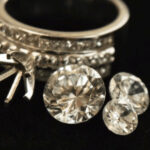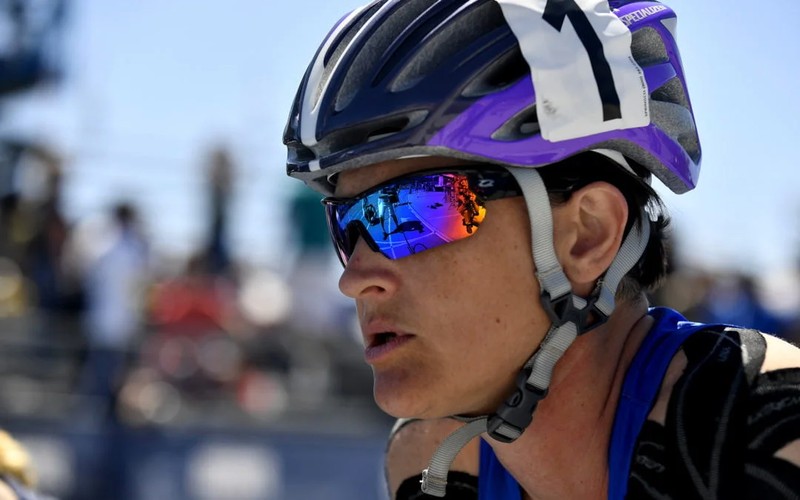Sports eyewear is not just a fashion statement; it’s a necessary gear that plays a crucial role in an athlete’s performance and safety. However, the process of choosing the right sports eyewear is often underestimated, leading to common mistakes that can have serious implications for an athlete’s vision and performance. Here are seven of those common errors, and how you can avoid them.
Mistake #1: Ignoring the Importance of UV Protection
One of the biggest mistakes people make is disregarding the importance of UV protection in sports eyewear. A large portion of eye damage comes from the harmful ultraviolet rays of the sun. The best sports glasses will always offer 100% UVA and UVB protection. Don’t get fooled by darker tints; they don’t necessarily mean better UV protection.
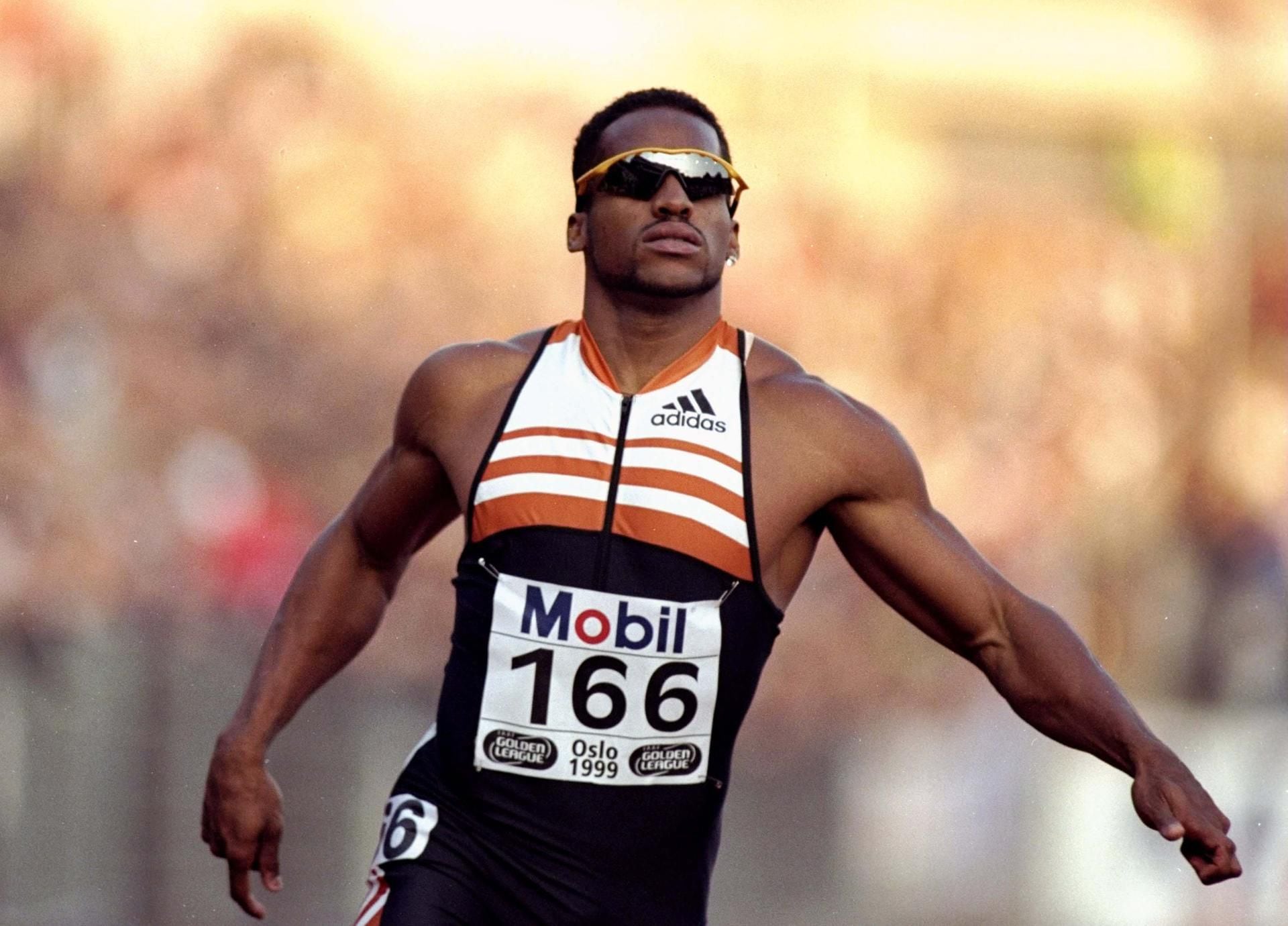
Mistake #2: Overlooking Lens Material
The lens material is another critical factor to consider. Many people assume that all lenses are made equal, but this is not the case. For sports eyewear, the lenses should be impact-resistant to protect your eyes from potential injuries. Polycarbonate lenses are a popular choice because they are shatter-resistant and lighter than standard plastic or glass lenses.
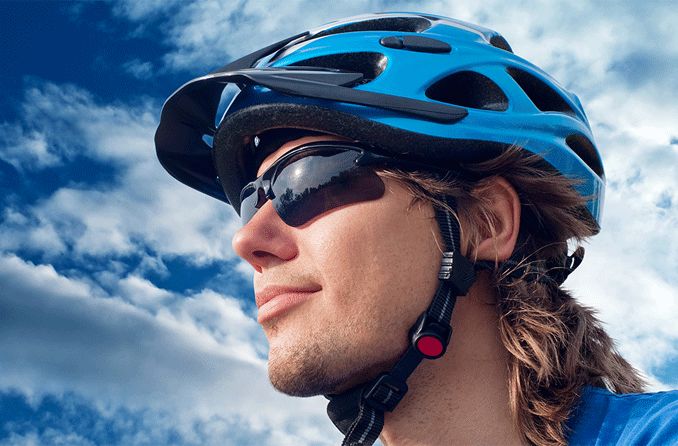
Mistake #3: Choosing Style Over Function
Of course, we all want our glasses to look good. However, when it comes to sports eyewear, function should take precedence over style. Choose eyewear that fits well, stays put during your activities, and, above all, enhances your performance. You can find eyewear that provides a perfect blend of style and function, but never compromise the latter for the former.
Mistake #4: Not Considering Polarized Lenses
Polarized lenses can dramatically reduce glare, which can be extremely beneficial for water and snow sports. However, many people overlook this feature. It’s essential to understand that reducing glare can increase visual comfort and potentially improve your performance in sports like fishing, skiing, or running.
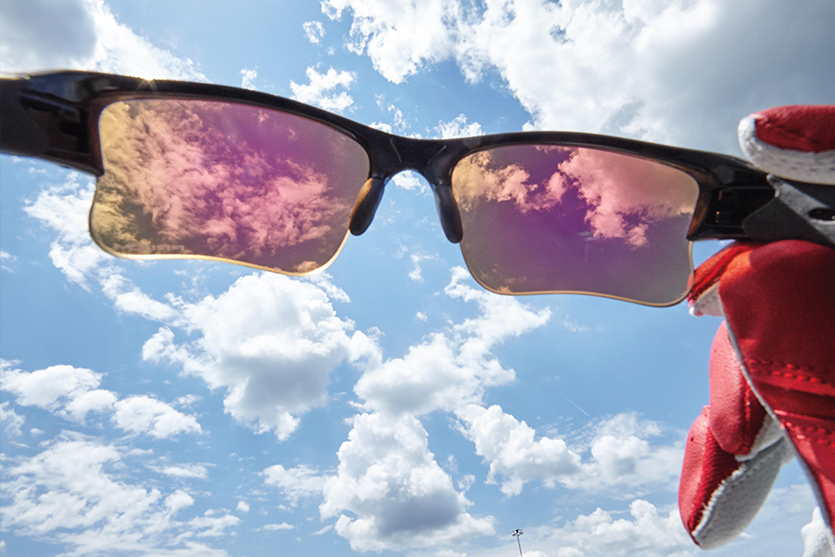
Mistake #5: Neglecting to Try Them On
It might seem obvious, but many people order sports eyewear online without trying them on first. Glasses that aren’t comfortable won’t be worn, no matter how stylish or high-tech they are. Always try on sports eyewear to ensure they fit well and feel comfortable before making a purchase.
Mistake #6: Forgetting About Prescription Needs
If you usually wear prescription glasses, you should incorporate your prescription into your sports eyewear. Squinting or straining to see clearly could affect your performance and lead to headaches and other discomforts. Some people think that they can’t have stylish sports eyewear with prescription lenses, which is a misconception. Many companies make prescription sports glasses that are both functional and stylish.
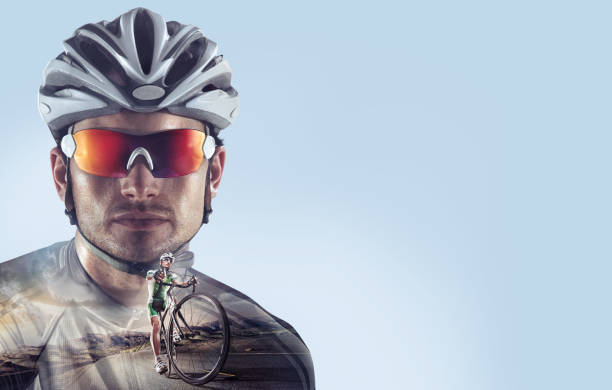
Mistake #7: Not Reading Product Reviews
Lastly, one common mistake is not doing enough research before buying. Reading product reviews is an excellent way to learn from others’ experiences. For instance, you can read this insightful spec ops shooting review to understand how eyewear played a role in enhancing shooting accuracy.
When selecting sports eyewear, avoid these seven common mistakes to ensure you choose the best pair for your needs. Take into account factors like UV protection, lens material, fit, and your prescription needs. Always remember that the right sports eyewear can significantly improve your performance and protect your precious vision. And in the unpredictable world of sports and outdoor activities, you need to be ready to face whatever comes your way.
By the way, if you’re curious about how to prepare for the unexpected, don’t miss this article on surviving the unpredictable: 7 tips from special forces veterans. And if you’re interested in more health and fitness-related tips, check out these 10 simple exercises that boost men’s vitality.
The Role of Comfort and Fit
One can’t emphasize enough the role of comfort and fit when it comes to sports eyewear. These are pieces of gear that you’ll be wearing for extended periods, often in challenging physical conditions. The last thing you want is a pair of glasses that squeeze your temples, slip off when you sweat, or don’t provide adequate coverage for your eyes.
Sports eyewear should feel like an extension of your body, not a hindrance. The right fit is one where the glasses stay in place even with rigorous movement, without causing discomfort or marks on your skin. This is why trying them on is so essential. Comfort and fit also contribute to better performance since you won’t be distracted by constantly readjusting your eyewear.
The Impact of Color and Contrast
The color of your lenses can significantly impact how you perceive your environment, especially in different weather conditions. For instance, yellow or amber lenses can improve contrast in low-light conditions, making them suitable for overcast days or indoor sports. On the other hand, gray or green lenses are excellent for maintaining color accuracy, making them versatile for various sports and conditions.
When choosing sports eyewear, consider the conditions in which you’ll be using them most often. Many sports eyewear brands offer interchangeable lenses, allowing you to switch lens colors depending on your activity and the day’s conditions.
Maintenance of Sports Eyewear
Taking care of your sports eyewear is just as important as choosing the right pair. Regular cleaning can extend their lifespan and ensure you always have a clear view of your surroundings. Use a microfiber cloth and a suitable lens cleaner to avoid scratching the lens surface.
Ensure you have a sturdy case to protect your eyewear when not in use, especially if you participate in rigorous or contact sports. Consider having an extra pair on hand in case of unexpected damage or loss. It’s also essential to have your eyewear checked annually by a professional to ensure they still provide adequate protection and vision correction (if required).





